Why Do Millions of Visitors Flock to St. Peter’s Basilica Every Year?
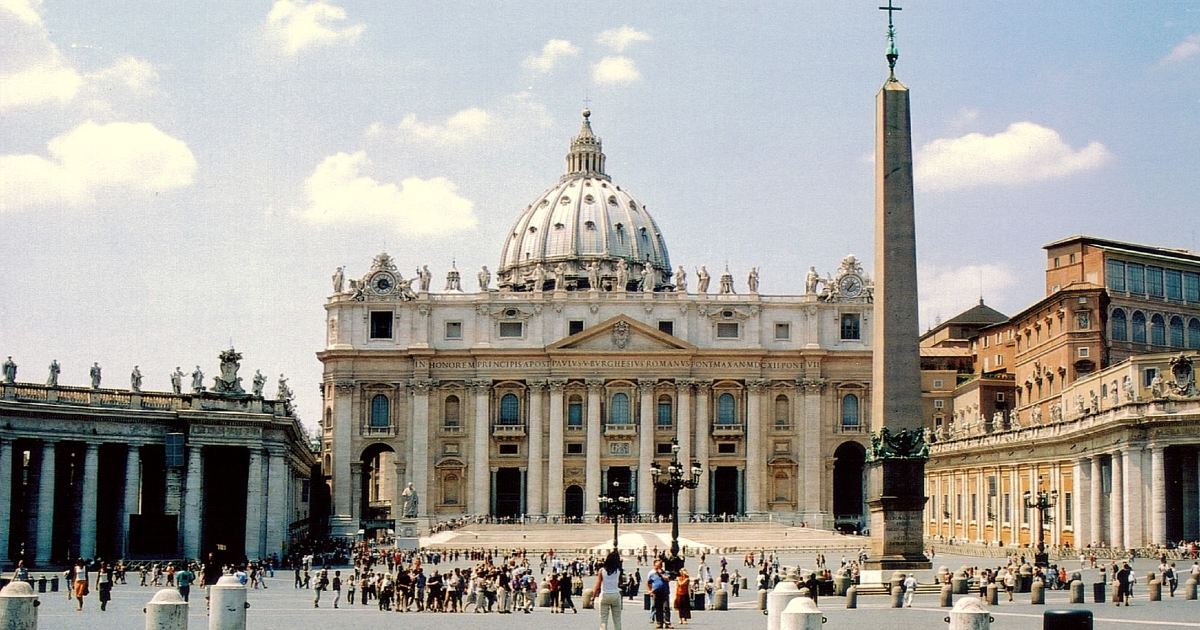
Introduction
Learn why millions flock to St. Peter’s Basilica annually. Discover key tips, hidden gems, tickets, and practical advice to enrich your Vatican City visit.
Tools
Supplies
Flock to St. Peter’s Basilica
Each year, millions of visitors from around the world flock to St. Peter’s Basilica, one of the most iconic religious and historical sites in the world. Rising above Vatican City, this towering edifice stands as a symbol of faith, history, and artistic brilliance, beckoning travelers of all backgrounds. Let’s delve into what makes St. Peter’s Basilica an essential stop on any traveler’s itinerary, the incredible attractions inside, and how you can make the most of your visit with useful tips and ticket insights.
A Brief History
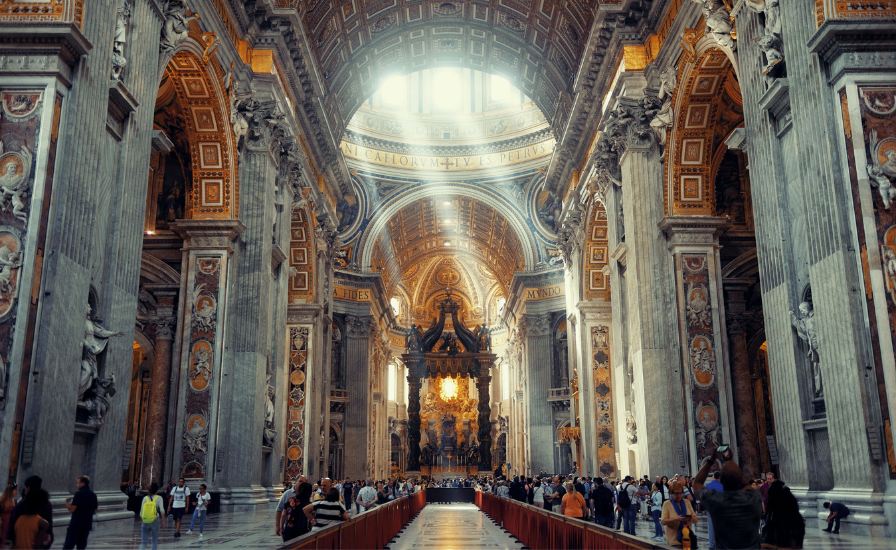
St. Peter’s Basilica, named after Saint Peter, one of Jesus’s twelve apostles and the first Bishop of Rome, rests on Vatican Hill. Tradition holds that the basilica is built upon the burial site of Saint Peter himself. Its construction began in 1506 and was completed in 1626, making it one of the grandest examples of Renaissance and Baroque architecture in the world. Designed by prominent architects, including Michelangelo and Gian Lorenzo Bernini, the basilica remains a testament to the craftsmanship and vision of its era.
The Architectural Masterpiece
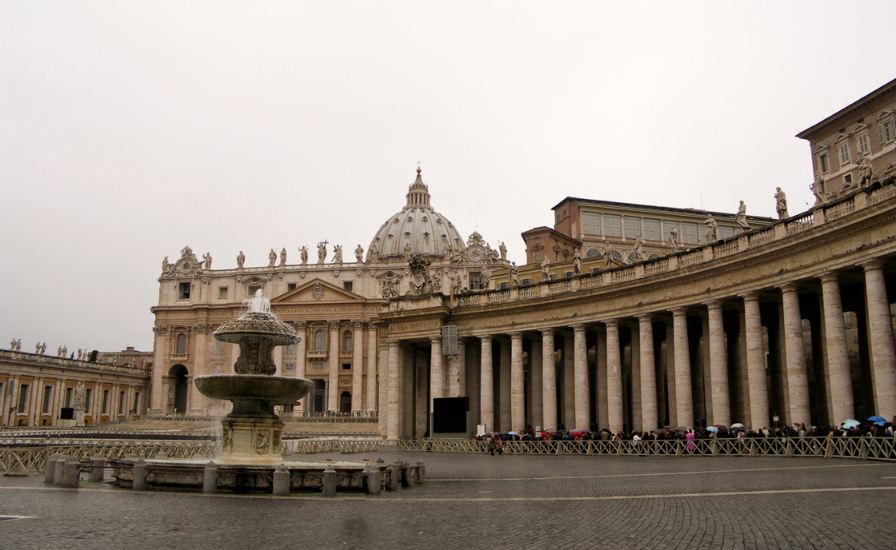
The first reason millions flock to St. Peter’s Basilica is to admire its stunning architecture. The basilica’s grand facade, soaring dome, and intricately carved statues make it a masterpiece that captivates all who visit.
The Dome
Designed by Michelangelo, the dome is one of the basilica’s most prominent features and remains one of the largest in the world. Visitors can climb to the top using the stairs or an elevator to admire breathtaking views of Vatican City and Rome. Make sure to book your St. Peter’s dome climb tickets in advance to avoid disappointment.
The Baldachin
At the heart of the basilica is Bernini’s bronze baldachin, or canopy, which covers the high altar. This towering structure, standing nearly 100 feet tall, is a focal point in the vast interior.
The Nave and Interior
As you explore the basilica on a self-guided tour, you’ll be awed by the expansive nave, richly decorated with marble, mosaics, and frescoes. The ceilings soar high above, adorned with ornate plasterwork that shimmers in the light.
Spiritual Significance
St. Peter’s Basilica is a pilgrimage site for Catholics worldwide and a deeply spiritual place. The basilica hosts daily masses and special ceremonies attended by thousands. Visitors often marvel at the Tomb of St. Peter beneath the high altar and the crypt, where many former popes are interred.
The Pietà
Michelangelo’s Pietà, housed in the basilica, is an extraordinary sculpture depicting Mary holding the lifeless body of Jesus. This moving work draws millions of visitors who wish to witness its emotional depth and delicate beauty firsthand.
Pope John Paul II’s Tomb
One of the most visited sites within the basilica is the tomb of Pope John Paul II, located in the chapels. Devotees come to pray and pay their respects to the beloved pontiff, known for his efforts in fostering global peace.
Artistic and Historical Treasures
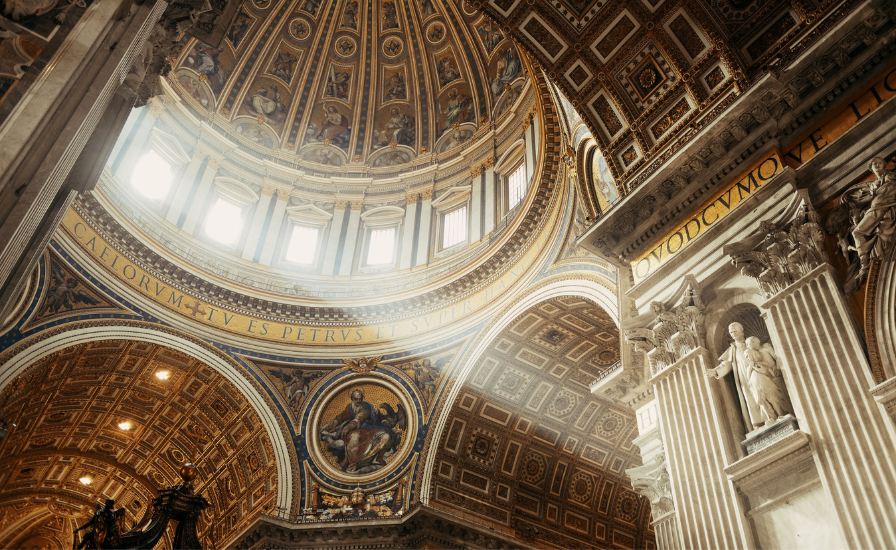
St. Peter’s Basilica is a treasure trove of art and historical relics, with many works by Bernini, Raphael, and other Renaissance artists.
Vatican Grottoes
The Vatican Grottoes, located beneath the basilica, contains the tombs of various popes and royal family members. The Sacred Grotto of St. Peter is believed to be the exact resting place of Saint Peter himself, making it a deeply revered location.
The Treasury Museum
The Treasury Museum showcases an array of sacred objects, vestments, and relics from centuries past, offering insight into the rich traditions of the Catholic Church.
Tips for Visiting
To fully enjoy your visit to this iconic monument, here are a few practical tips:
Book Tickets in Advance
Pre-book your St. Peter’s Dome tickets to avoid long lines and secure your chance to experience the best views in Rome. For a comprehensive understanding of the basilica’s history, consider getting your St. Peter’s dome tickets along with a St. Peter’s Basilica self-guided tour.
Dress Code
Since St. Peter’s Basilica is a place of worship, visitors are required to dress modestly. Shoulders and knees should be covered, and hats should be removed upon entering.
Early Morning Visits
To beat the crowds, plan your visit early in the morning when the basilica opens. This allows you to appreciate the serene atmosphere and take photos without bustling crowds.
Attend Mass or Ceremonies
If you are inclined, attending a mass or ceremony can offer a unique perspective on the basilica’s spiritual significance. Most masses are open to the public.
Combine with a Vatican Museum Tour
Combine your visit with a Vatican Museum tour to gain a deeper understanding of the treasures that Vatican City has to offer. Make sure to check the schedules and plan ahead for both attractions.
Additional Information
Opening Hours:
St. Peter’s Basilica is open daily from 7:00 a.m. to 7:00 p.m. (April to September) and 7:00 a.m. to 6:30 p.m. (October to March). The dome opens at 7:30 a.m., with ticket sales ending one hour before closing.
Security Checkpoints:
Like all Vatican sites, St. Peter’s Basilica has strict security procedures. Expect airport-style screening, and avoid carrying prohibited items like sharp objects or large bags.
Accessibility:
The basilica is accessible to people with mobility challenges. Ramps are available at the entrances, and wheelchairs can be rented for free inside the basilica. Unfortunately, the climb to the dome is not wheelchair-friendly due to the number of stairs.
Photography:
Photography is allowed in the basilica, but using flash and tripods is not permitted. Remember to be respectful of worshippers and avoid interrupting services.
Guided Tours:
While self-guided tours are rewarding, a guided tour led by a knowledgeable expert can uncover fascinating details about the basilica’s history, architecture, and religious significance. Look for tours that include St. Peter’s Basilica, the Vatican Grottoes, and the dome climb. Can’t choose which of the St. Peter’s Basilica’s guided tours is for you? Read our guide and pick your best suited tour among all.
Refreshments and Amenities:
The Vatican has a limited number of cafes and restrooms. Consider bringing a reusable water bottle and some snacks, especially if you plan on spending a significant amount of time exploring the basilica and the Vatican Museums.
Explore the Vatican Neighborhood:
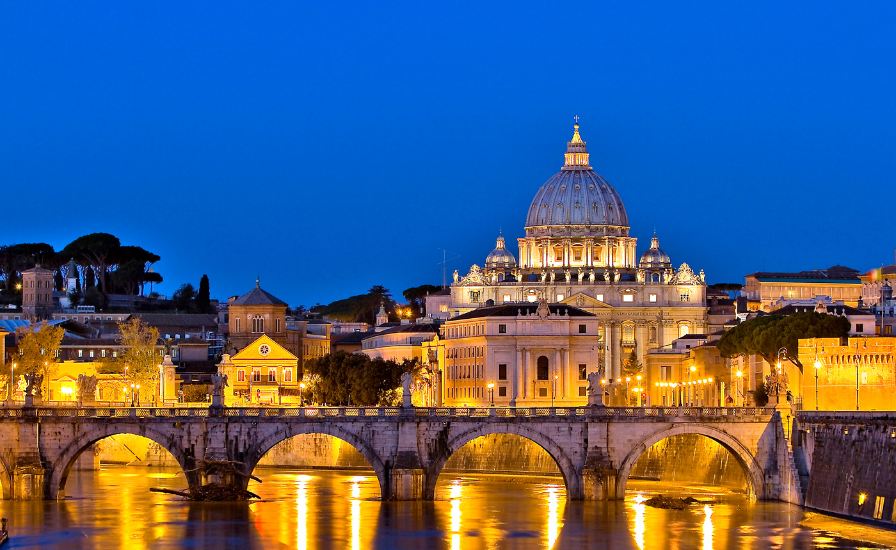
The neighborhood around St. Peter’s Basilica, known as Borgo, has charming streets lined with shops and cafes. It’s a great place to grab a meal, sample gelato, or shop for religious souvenirs.
Additional Vatican Sites:
Don’t miss the other significant Vatican attractions, such as the Sistine Chapel, Raphael Rooms, and the Vatican Museums. They house some of the world’s greatest art collections and are worth a separate tour.
Language and Communication:
Though English is widely spoken, learning a few Italian phrases can be helpful. Look for signage in English or use translation apps if needed.
Transportation:
The Vatican is easily accessible via Rome’s public transportation. The Ottaviano and Cipro metro stations are nearby, and buses also stop within walking distance.
Useful Facts for Visiting St. Peter’s Basilica
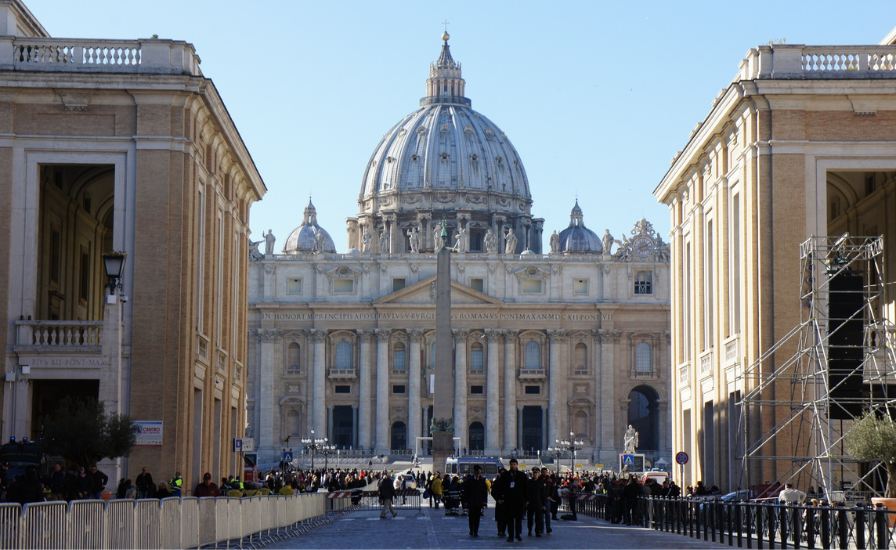
Best Times to Visit:
Weekdays: Mondays through Thursdays tend to be less crowded compared to Fridays and weekends.
Special Events: Check the Vatican calendar for special masses, papal audiences, or holidays that can impact crowds or restrict access to certain areas.
Attending Papal Audiences:
Papal audiences are held on Wednesdays when the pope is in Rome. Tickets are free but need to be reserved in advance. They provide a chance to see and hear the pope in person.
Dress Code Enforcement:
Security guards strictly enforce the modest dress code. Scarves or shawls can help cover bare shoulders, and long pants or skirts are advisable.
Audio Guides:
For a self-guided tour that includes detailed commentary, consider getting an audio guide. These guides are available at the basilica entrance and provide insights in multiple languages.
Virtual Tour Preparation:
Prepare for your visit by exploring St. Peter’s Basilica through virtual tours available online. This will help familiarize you with the key areas and art pieces before arrival.
Cultural Etiquette:
As a religious site, St. Peter’s Basilica warrants respectful behavior. Silence is expected during prayer services, and it’s courteous to avoid blocking others’ views during worship.
Accommodation Proximity:
Staying in nearby neighborhoods like Prati, Borgo, or Trastevere allows easy walking access to the Vatican, especially for early morning visits. Consider staying in a hotel, guesthouse, or Airbnb.
Postal Services:
Vatican City has its own post office where you can buy unique stamps and send postcards to loved ones, a memorable keepsake from your trip.
Special Access Areas:
Necropolis Scavi Tour: This exclusive underground tour beneath the basilica leads to the ancient necropolis where St. Peter’s tomb is believed to be located. Book well in advance due to limited slots.
Cupola Balcony: After reaching the top of the dome, step out onto the external balcony to soak in Rome’s skyline.
Souvenirs and Gifts:
Consider purchasing religious items like rosaries, medals, or papal blessings from Vatican-authorized vendors. They make thoughtful gifts and personal keepsakes.
Dining Nearby:
Enjoy authentic Italian cuisine at nearby trattorias. Restaurants a little further from the basilica often have better quality and prices. Continue reading our guide if you want to know 10 sturdy facts about St. Peter’s Basilica.
Conclusion
It’s no wonder why millions of people flock to St. Peter’s Basilica annually. From the awe-inspiring architecture and sacred spiritual sites to the captivating art and rich history, the basilica offers a once-in-a-lifetime experience for any traveler. Ensure you plan ahead to secure your St. Peter’s dome climb tickets and savor every moment of your St. Peter’s Basilica self-guided tour to maximize your visit to this magnificent destination.